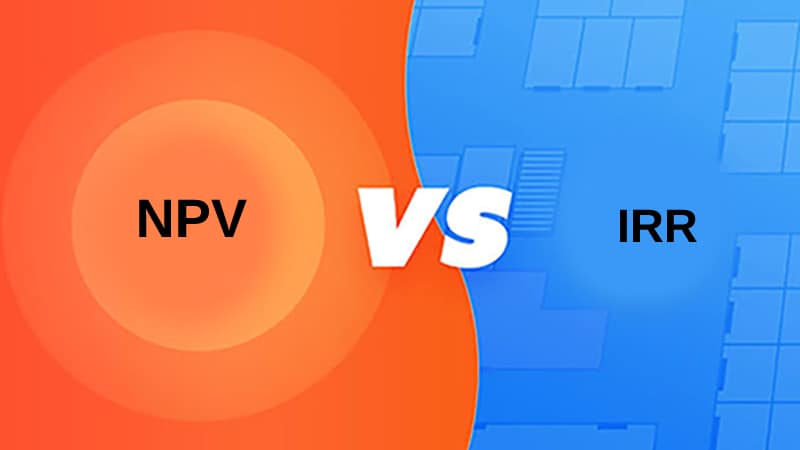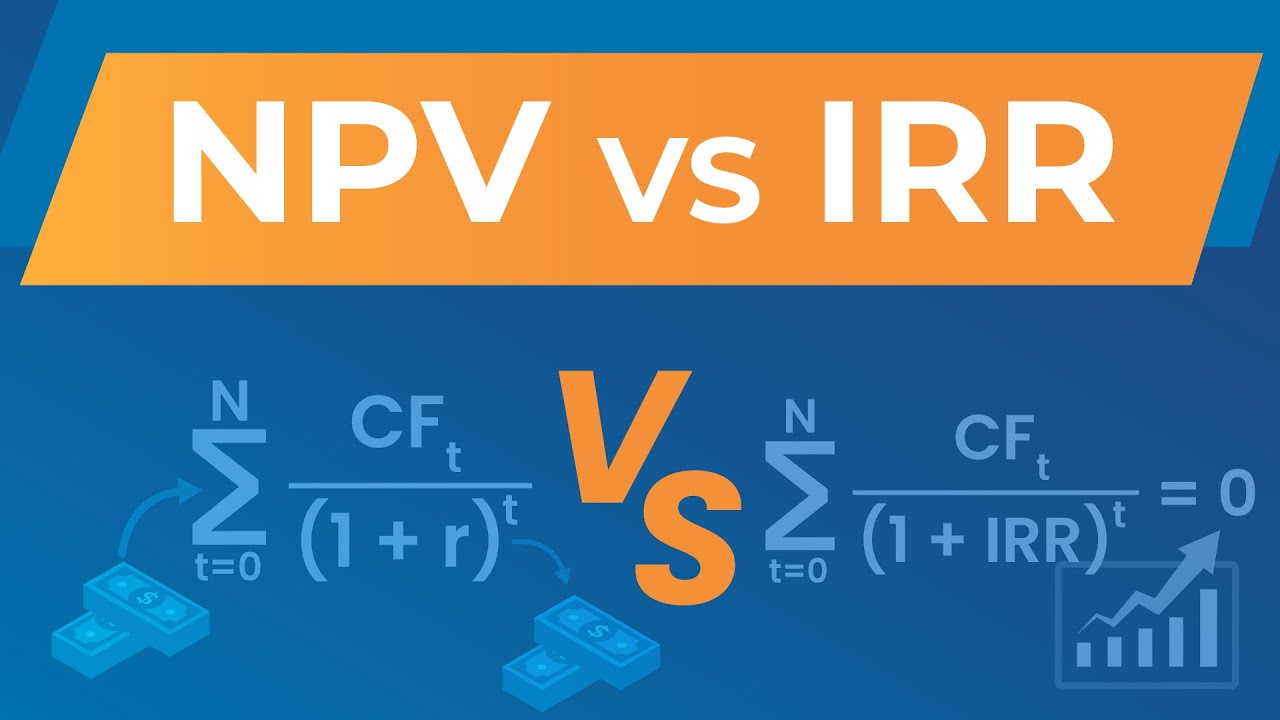Capital budgeting has two uses for IRR and NPV. IRR can be used to compare multiple projects or when it is difficult for you to calculate a discount rate. In situations with multiple discount rates or cash flows over time, NPV is more beneficial than a varying cash flow direction, such as when there are many ways to calculate NPV.
What is IRR?
IRR, which is a percentage value and not a dollar amount, estimates the profitability of potential investments. You can also refer to it as economical or discounted flow rates. It does not include external factors like inflation and capital costs. The IRR method reduces the complexity of projects and gives management a single return percentage to help determine whether a project can be financially viable. If the IRR is higher than this benchmark, a company may decide to proceed with a project. A company might reject a project if the rate of return is lower than that benchmark or if it projects a loss for a prolonged period.
What is NPV?
NPV is expressed in dollars rather than the IRR. It is the difference between cash inflows and outflows for a given period. When determining a project's NPV, it is common practice to use projections of the company's future cash flows. After that, the cash flows are discounted to their present value by applying a discount rate that considers the project's capital cost in addition to the anticipated rate of return and the level of risk involved. After being discounted, the total of all cash flows contributes to the net present value. It is the gap between the expenses of the project and the money it generates over time.
Problems with IRR
IRR has one major advantage: It is simple to calculate and interpret. This method has its limitations. IRR uses only one discount rate. The true discount rate can fluctuate over time, especially if the investment involves a long-term project. IRR cannot be modified to account for changes in discount rates. This is why it is unsuitable for long-term projects with periods of variable risk or change in return expectations.
A project with positive and negative cash flows is another type of project where a basic IRR calculation would not be effective. Consider a project where the marketing department has to reinvent the brand every few years to remain relevant in a market.

Remember that IRR refers to the discount rate or the amount of interest required for the project's profitability, given its initial investment. Multiple IRRs can be created if market conditions change over time. This means that long-term projects with fluctuating cash flows or additional capital investments may have different IRR values making it difficult to assess.
If the discount rate for a project is unknown, then the IRR method can be problematic. The project is possible if the IRR is higher than the discount rate. If it's below, the project won't be feasible. A discount rate that isn't known is not a benchmark against which to compare the project's return. This is where the NPV method proves to be superior. Projects with a positive NPV will be financially viable.
Use NPV
The ability of the NPV approach, as opposed to the IRR method, to handle numerous discount rates and different cash flow directions is one of the advantages of utilizing the NPV method. The NPV approach enables the cash flows from each year to be discounted in a flow independent of the previous year's cash flows. This allows for a greater degree of maneuverability when assessing certain years. The NPV method is notoriously difficult to understand and needs the user to make assumptions at every step, such as the discount rate or the probability of receiving cash payments.
The NPV is a method to assess whether an investment, such as a merger or acquisition, will add value to a company. Positive NPV means that cash inflows and outflows are greater than their sum. The project is considered beneficial if the company receives more economic benefit than it expends. This assumes that the return on investment is substantial and there are no capacity constraints. A negative NPV means that a company's cash flows exceed its expected earnings throughout a project. Negative NPV means that a project is not financially viable and should be rejected.

The NPV method has its disadvantages, just like the IRR method. It can be difficult to determine the rate of return or discount rate required to calculate discount cash flow. NPV calculations tend to favor larger projects. A project might have a higher net worth, but its rate or return may be lower. The total cash outlay could be higher for a smaller project.



